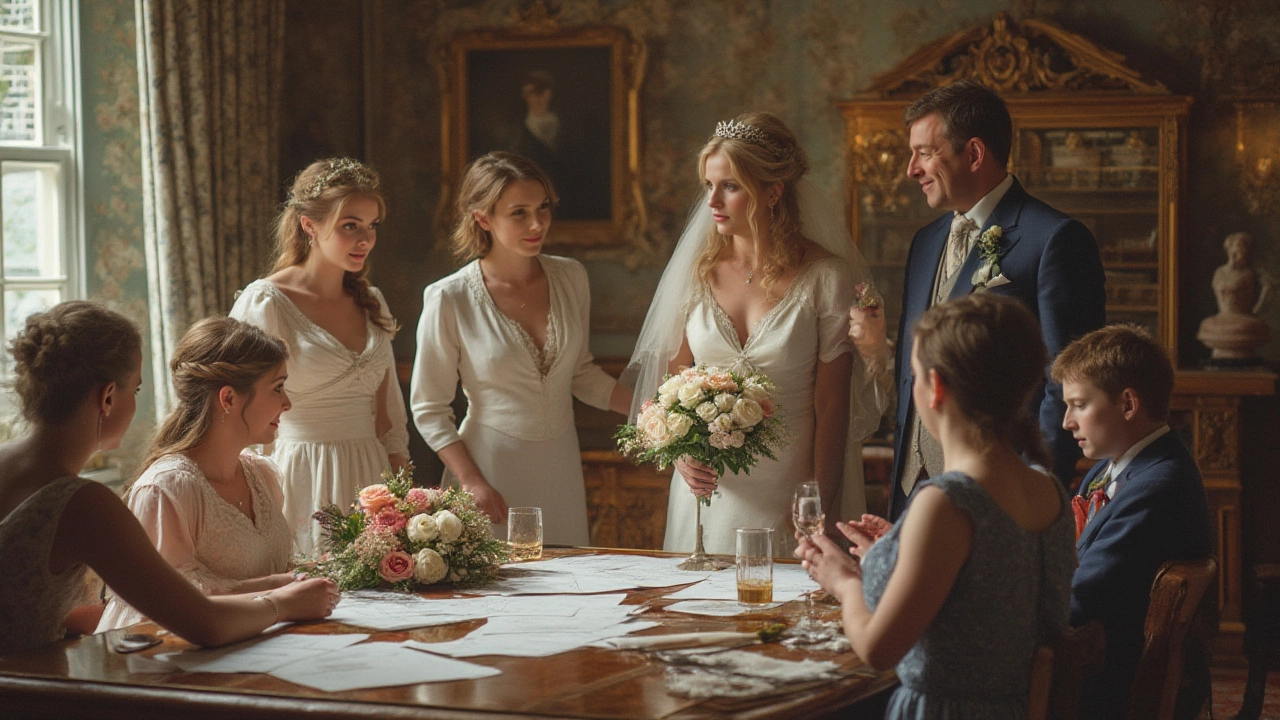Who Pays for Wedding Flowers? Simple Answers for Your Budget
Flowers look amazing, but they can also eat up a big chunk of your wedding budget. The first question most couples ask is: who should foot the bill? The answer isn’t one‑size‑fits‑all, but we can break down the common approaches and give you clear steps to decide what works for you.
Traditional Rules and Modern Twists
Historically, the bride’s family covered the bouquet, boutonnieres, and ceremony décor, while the groom’s side handled the reception flowers. Today, many couples mix and match based on who can afford what, and who wants a particular look. If your families are splitting costs for venues and catering, it makes sense to follow the same pattern for flowers.
How to Talk Money Without the Awkwardness
Start the conversation early. List every floral need – bridal bouquet, bridesmaids’ posies, ceremony aisle runners, table centerpieces, and any extra décor. Get a quote from a local florist so everyone sees the real numbers. Then suggest a fair split: maybe the bride’s family pays for the bouquet and ceremony, while the groom’s side covers reception centerpieces. If one side can’t contribute, offer to adjust the floral style or volume to keep the total in check.
Another easy fix is a “shared budget” approach. Decide on a total flower budget together, then let the couple decide how to allocate it. This removes the blame game and puts the focus on what looks best within the limits.
Don’t forget to factor in hidden costs. Delivery, setup, and removal fees can add up. Some venues include basic greenery, which can save you money if you ask. Ask your florist if they offer a “green‑budget” package – fewer exotic blooms, more seasonal foliage – and see if that fits everyone’s wallet.
If you’re on a tight budget, consider alternative ideas. Dollar‑store flowers, DIY arrangements, or repurposing ceremony bouquets for reception tables can cut costs dramatically. Many couples also choose a single statement flower (like a big arch) and keep the rest simple.
Finally, write down who is paying for what in a shared document. Having everything in black‑and‑white prevents last‑minute surprises and keeps the planning stress low.
Remember, the goal is a beautiful day, not a financial nightmare. By being upfront, flexible, and creative, you can decide who pays for wedding flowers in a way that feels fair and keeps everyone smiling.
Who Pays for Wedding Flowers? Traditions, Trends, and Modern Etiquette
Wondering who covers the cost of wedding flowers? Get a look at old traditions, new trends, and smart budgeting tips—all in one easy guide.
View More